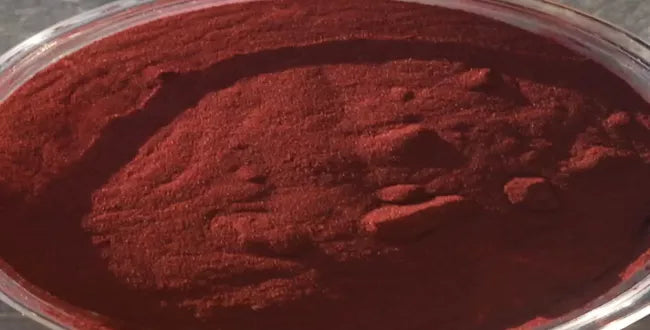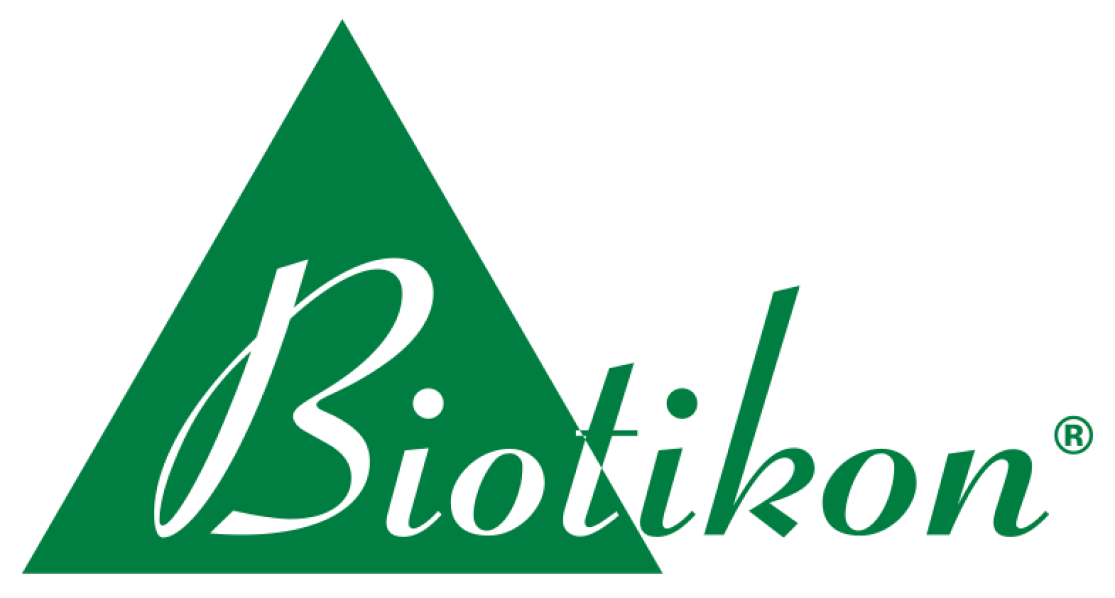
OPC and bioavailability
OPC bioavailable?
The bioavailability of OPC refers to the amount of OPC available to the body through the bloodstream. The bioavailability of oligomeric procyanidins depends on several factors. Due to the wide use of OPC by professionals such as physicians and alternative practitioners, it is important to know the bioavailability of procyanidinin or proanthocyanidins. A grape seed extract is only as good as its bioavailability.
Bioavailability - OPCs
Principle question
- Does OPC or procyanidin reach the small intestine or the large intestine unaffected by gastric acid? This is the prerequisite for absorption into the blood.
- What is the OPC absorption (uptake) from the small intestine into the blood?
- Which OPCs are best absorbed?
In the following, studies on the bioavailability of OPCs in humans, animals and biological membranes are presented.Testing of OPC permeability on epithelial cells
It was shown that monomeric catechins and dimeric OPCs such as procyanidin B3 (oligomer) and procyanidin C2 (oligomer) had 10 times better permeability than polymeric procyanidins. (Original study: Transport of proanthocyandin dimer, trimer across monolayers of human intestinal epithelial Caco-2 cells. Deprez et al. 2001).
OPC and Bioavailability, Detection in Blood
Now the OPC has entered the stomach and was transported from there to the small intestine unaffected. In order to know whether OPC is transported from the intestine into the blood, blood samples must be measured for their OPC content. Two studies have shown that procyanidin B2 (a dimeric OPC) and procyanidin B1 (another dimeric OPC) were detectable in the blood by HPLC after oral intake (ingestion by mouth) after about 1 hour. (Procyanidin dimer B2 in human plasma after consumption of a flavanol-rich cocoa; Holt et al. 2002; Procyanidin B1 is detected in Human Serum after Intake of Procyanidin-rich Grape seed Extract (Note) Sano et al. 2003). A study from 2012 also proves the stability of OPC in the gastrointestinal tract. The highest concentration was found in the blood after 1 hour. "Bioavailability of procyanidin dimers and trimers and matrix food effects in in vitro and in vivo models" (Br J Nutr.2010 Apr;103(7):944-52. Epub 2009 Dec 14) Another way to test the bioavailability of OPC (bioavaibility of POC/OPC) is to analyze urine after grape seed extract ingestion. All urine components come from the blood and are excreted through the kidney, so they must have been present in the blood beforehand. This was proven in a study in 2004. Supplementation with Grape Seed Polyphenols Resutls in Increased Urinary Excretion of 3-Hydroxyphenylpropionic Acid, an Important matabolite of Proanthocyanidins in Humans (Ward et al. 2004).
OPC and accompanying substances such as enzymes - influence on bioavailability
Do accompanying substances, such as enzymes or other berry extracts or vegetable extracts, improve the bioavailability of OPC? We could not find any scientifically sound studies on this. However, we would be pleased to receive any information and will publish it. There are a number of products that advertise this approach. From a naturopathic point of view, it is advisable not to use OPC extraction methods that use substances other than water or pure alcohol (ethanol). The source of OPC, grape seed extract, is a very complex compound. Added berry extracts or vegetable extracts are at the expense of the grape seed content. It can be assumed that the natural grape seed extract composition is the best because natural environment for the OPC. A chemically complex isolation ioslation of pure OPC and a subsequent preparation with plant enzymes and berry extracts is not logical from our point of view. An HPLC analysis provides information about the structure of an OPC product and certain quality criteria can be derived from it. Further additives complicate this analysis enormously.
OPC extraction method and bioavailability
OPC from grape seed extracts can be extracted relatively well and easily. With water and ethanol (pure alcohol) the polyphenols and also the OPC can be enriched. The quality obtained depends on the quality of the grape seeds and also on the concentration process. Elaborate if also patented processes partly use various chemicals such as chloroform, ammonium sulfates and potassium chloride for the production. To what extent this procedure can affect the quality and the subtle energetics of grape seed extracts and pine bark extracts containing OPC cannot be clearly explained, since the author does not have any studies on this subject.
OPC in capsules, pellets or tablets - influence on OPC bioavailability
In principle, the dosage form as a capsule (made of cellulose) is to be preferred. Tablets and pellets require auxiliary substances and additives such as magnesium stearate during processing. Unfortunately, most OPC capsule suppliers also use magnesium stearate. Magnesium stearate is a metal soap that originally comes from the construction industry. The above studies on the bioavailability of OPC were all conducted with pure substances without magnesium stearate or similar substances. The bioavailability of OPC magnesium stearate preparations can therefore not be assessed on the basis of the scientific material presented. OPC without additives and hilsstoffe is therefore to be preferred.
